NZD/USD finally follows other commodity currencies and breaks out to the downside today. Overall risk-off sentiments overwhelm speculations of RBNZ rate hike. Technically, fall from 0.7463 is seen as a correction to whole up trend from 0.5467. Outlook will stay bearish as long as 0.7104 resistance holds. Next target is 100% projection of 0.7463 to 0.6942 from 0.7315 at 0.6794.
For now, we’d look for strong support around 38.2% retracement of 0.5467 to 0.7463 at 0.6701 to complete the correction. But we’ll keep monitoring downside momentum, as well as development in the risk markets closely, to reassess the outlook.




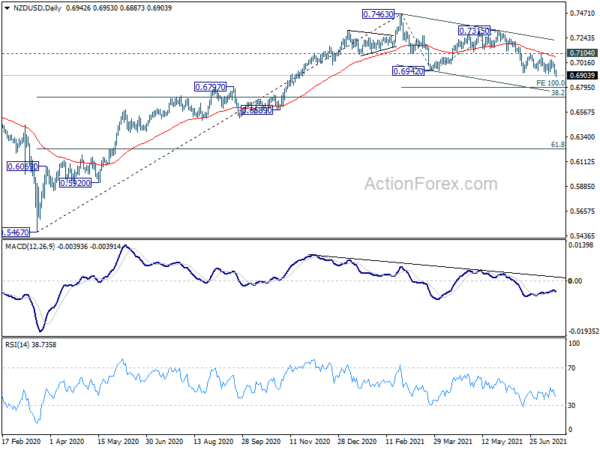
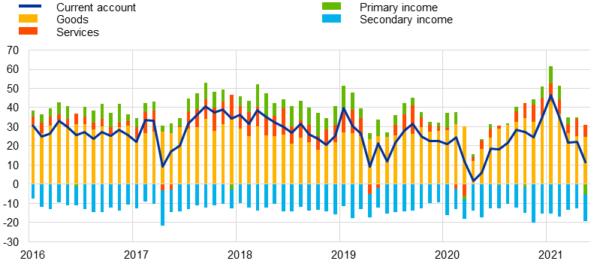
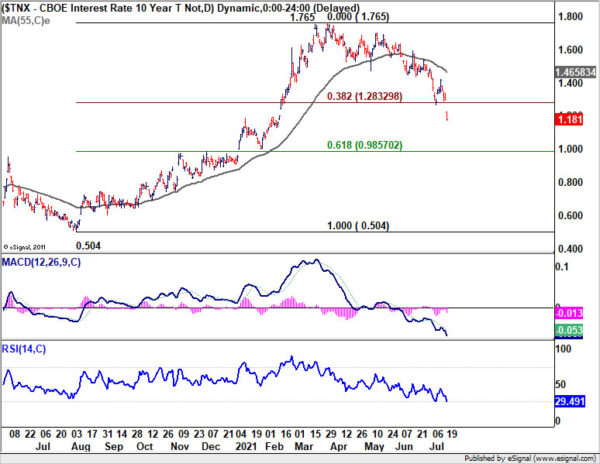
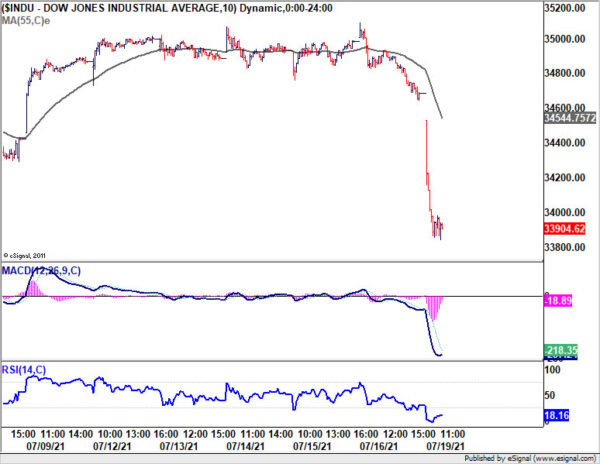
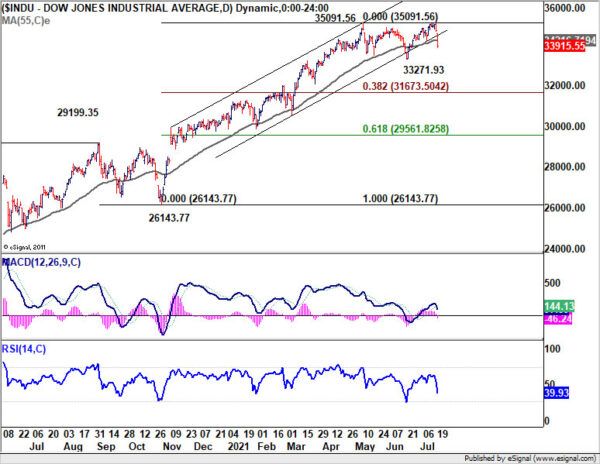
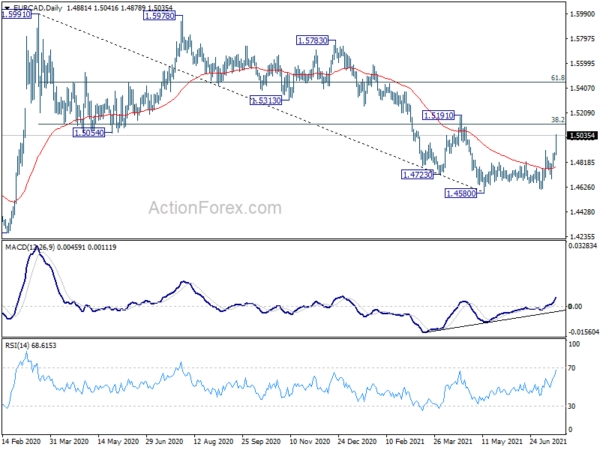

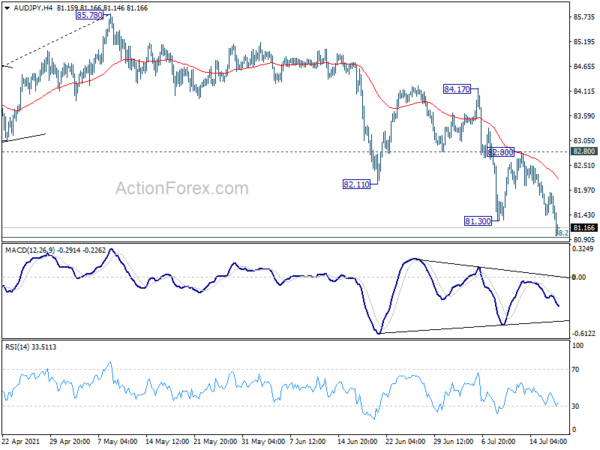
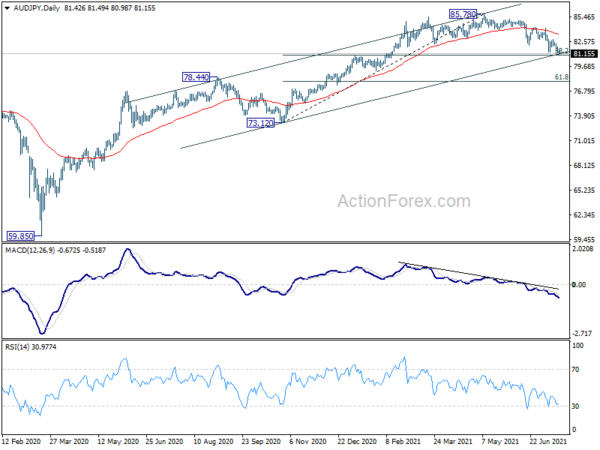
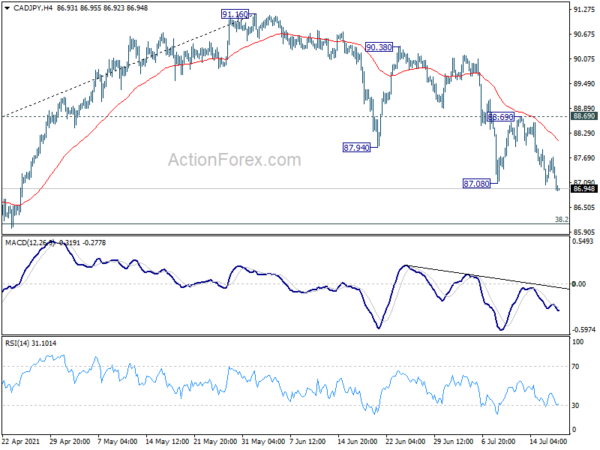
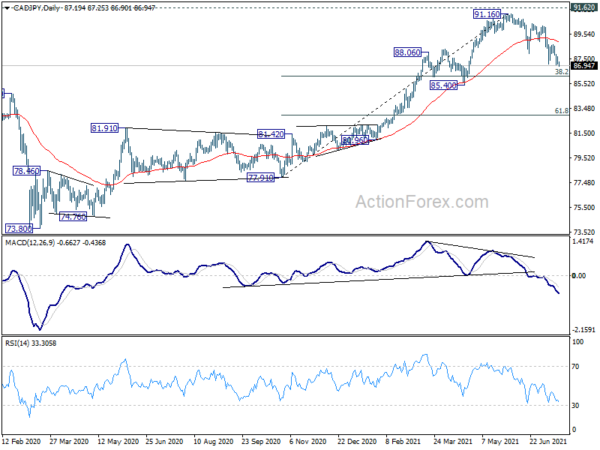
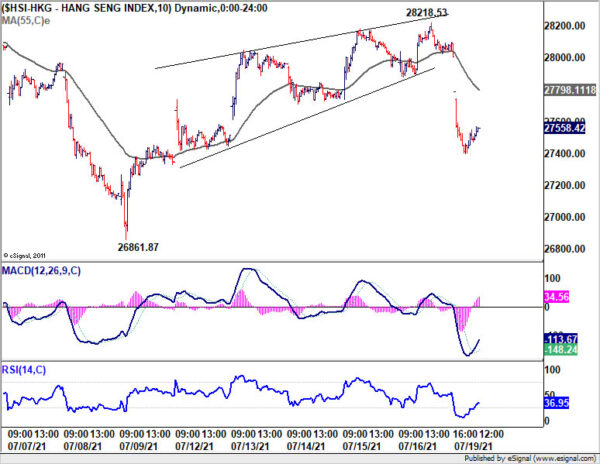
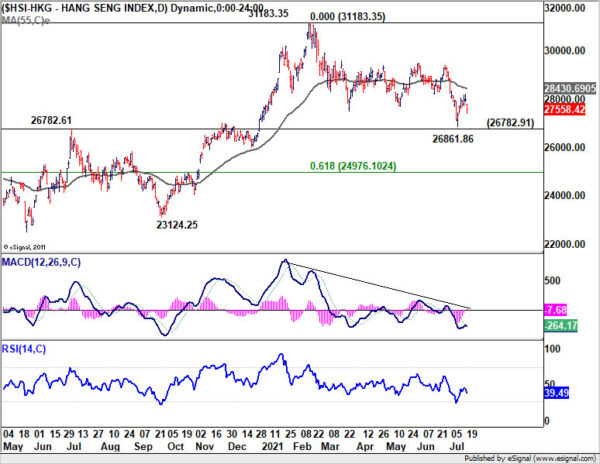
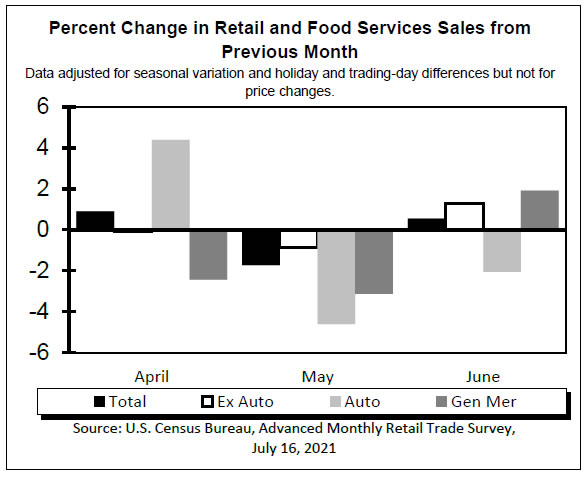
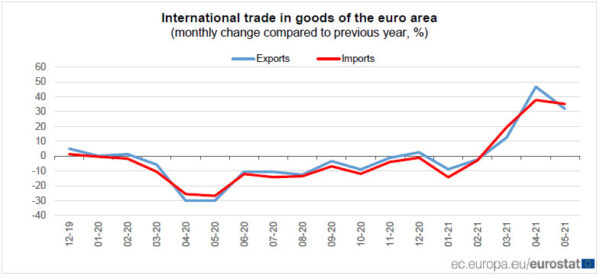
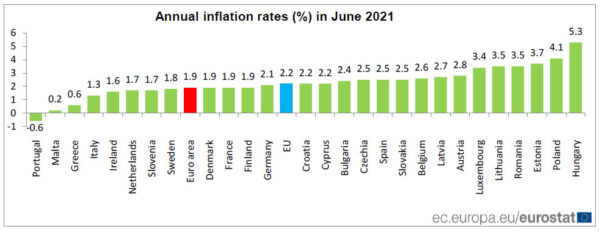
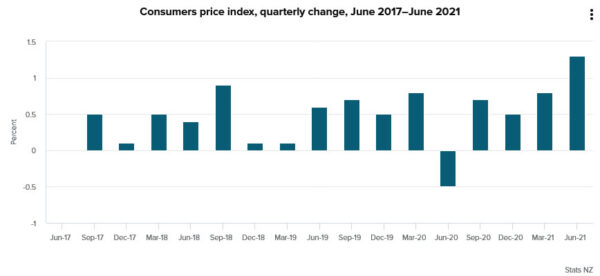
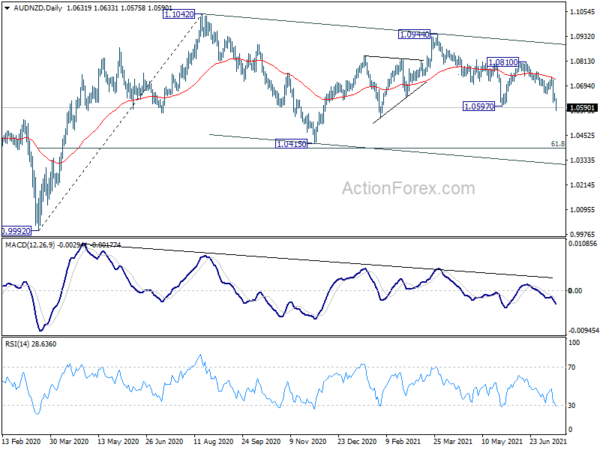
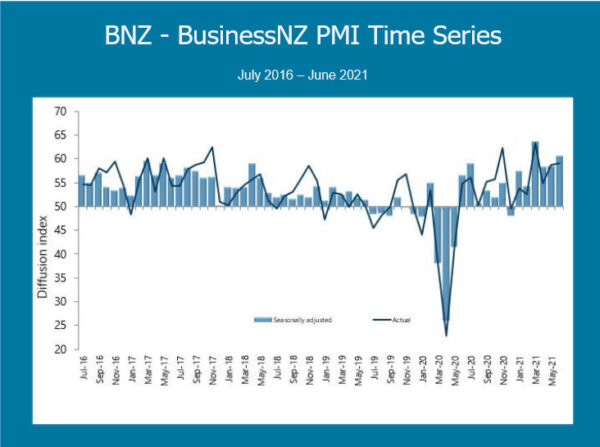
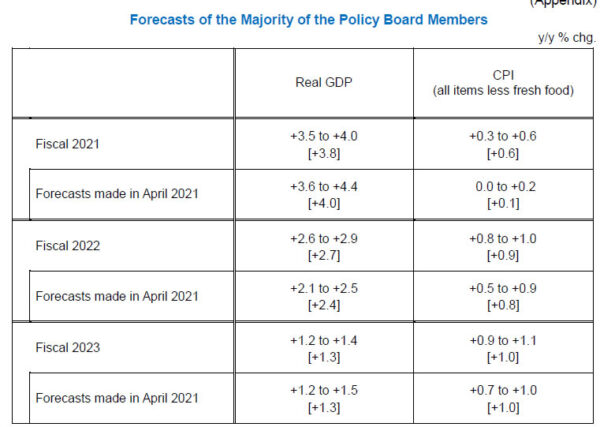



US building permits dropped to 1.598m in June, housing starts rose to 1.643m
US building permits dropped -5.1% mom to 1.598m annualized rate in June, below expectation of 1.690m. It’s nonetheless 23.3% above June 2020 rate of 1.296m.
Housing starts rose 6.3% mom to 1.643m annualized rate, above expectation of 1.590m. It’s also 29.1% above June 2020 level of 1.273m.
Full release here.